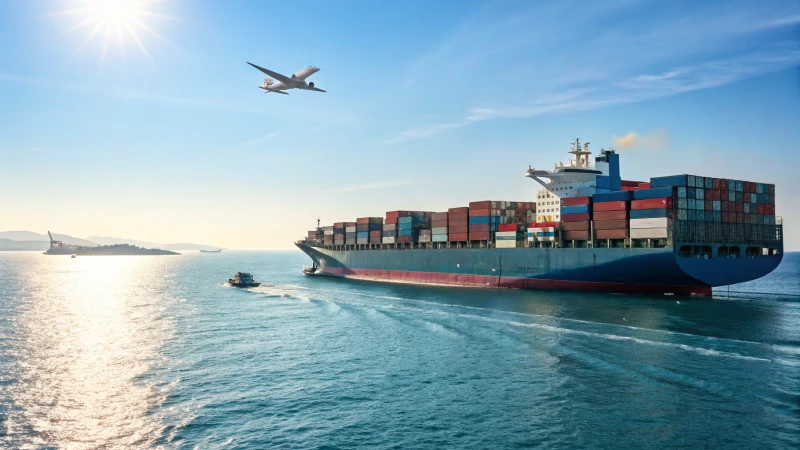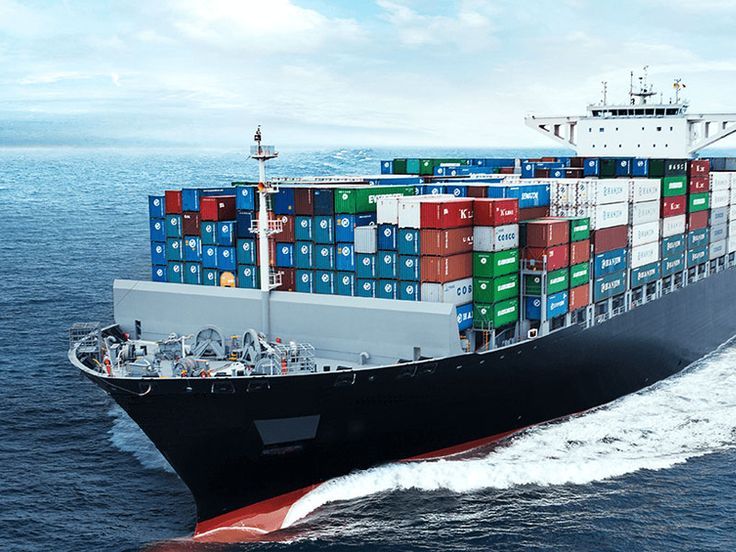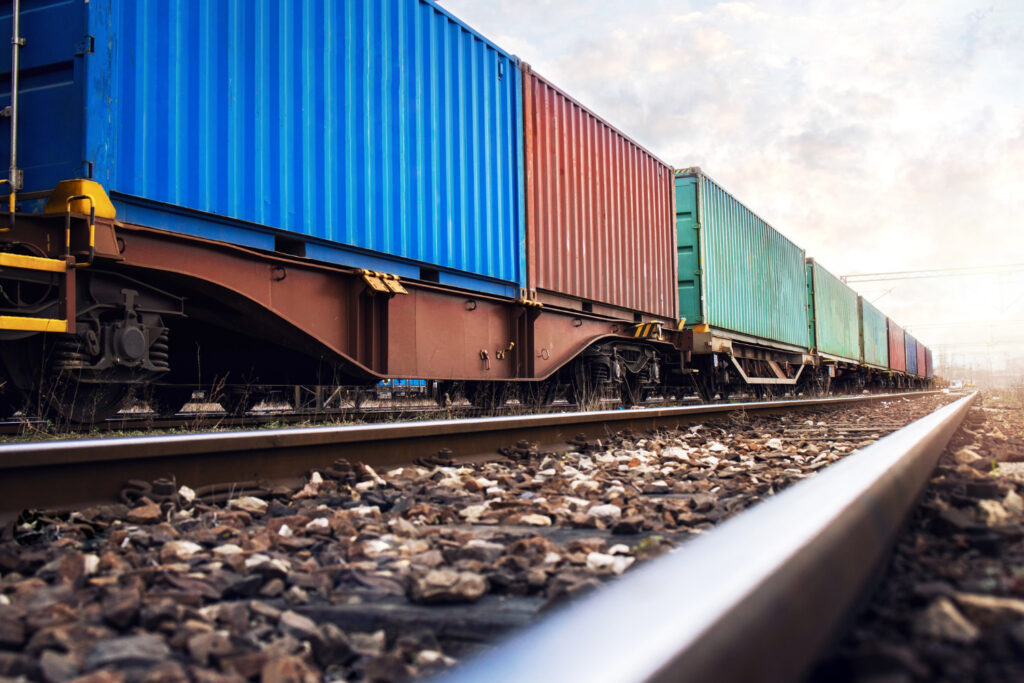- By TOP CHINA FREIGHT
- August 25, 2025
- Shipping
Shipping China to Thailand is a crucial part of international trade, especially for businesses importing electronics, textiles, machinery, and consumer products. Importers often encounter challenges such as fluctuating freight costs, long transit times, complex customs, and potential delivery delays. By leveraging professional freight forwarders and shipping agents, businesses can streamline operations, optimize costs, and ensure timely delivery.

1.Why Shipping from China to Thailand Is Popular
China is Thailand’s largest trading partner, providing frequent, competitive shipping options.
Electronics, machinery, garments, consumer products, automotive parts, and raw materials.
High shipment volume drives competitive rates for sea, air, and road freight.
Well-developed ports, roads, and logistics hubs support smooth operations.
Modern sea and rail options contribute to a lower carbon footprint.
Example:
A Bangkok-based electronics retailer reduced shipping costs by 25% through consolidated sea freight from Shenzhen.
2.Popular Trade Routes for Shipping China to Thailand
Efficient shipping starts with understanding the main trade routes:
| Origin (China) | Destination (Thailand) | Transport Mode | Transit Time |
|---|---|---|---|
| Shanghai Port | Bangkok Port | Sea Freight (FCL/LCL) | 7–12 days |
| Shenzhen Port | Laem Chabang Port | Sea Freight | 6–10 days |
| Kunming Rail Hub | Bangkok (via Laos) | Rail/Land Combo | 5–8 days |
| Guangzhou Airport | Bangkok Airport | Air Freight | 1–3 days |
By selecting the right route and mode, shippers can balance cost, speed, and reliability.
3.Sea Freight Options from China to Thailand

Sea freight remains the most popular and cost-effective option for shipping China to Thailand.
- Ideal for large shipments; lower cost per cubic meter.
LCL (Less than Container Load):
- Suitable for smaller volumes; share container space with others.
Advantages of Sea Freight
- Competitive pricing for bulk goods.
- Flexible schedules with multiple weekly sailings.
- Options for temperature-controlled or hazardous cargo.
4.Air Freight from China to Thailand

Air freight is the fastest option for time-sensitive shipments, such as electronics, fashion, or urgent e-commerce replenishments.
Key Benefits
- Delivery within 1–3 days.
- High security and reduced risk of damage.
- Suitable for lightweight, high-value items.
Tip:
To reduce air freight costs, consolidate shipments or book during off-peak seasons.
5.Rail (Optional) and Land Transport

With the launch of the China–Laos–Thailand Railway, rail freight has emerged as a reliable alternative.
Transit time:
5–8 days, faster than sea but cheaper than air.
Best for:
Medium-sized shipments needing a balance of speed and cost.
This option also simplifies inland connections between Chinese factories and Thai distribution hubs.
6.Transit Times and Cost Comparison
| Mode | Transit Time | Best For | Approx. Cost |
|---|---|---|---|
| Sea Freight | 7–20 days | Bulk, non-urgent cargo | $500–$1,500/20ft |
| Air Freight | 3–7 days | Urgent, high-value | $5–$8/kg |
| Road Freight | 5–10 days | Medium shipments | Variable |
| Rail Freight | 10–15 days | Industrial goods | $1,000–$2,000/20ft |
Pro Tip:
Combining modes (sea + road, air + road) balances cost and speed effectively.
7.Customs Procedures and Documentation
Smooth customs clearance is critical for timely delivery. Here’s what you need to prepare:
- Commercial Invoice
- Packing List
- Bill of Lading (B/L) or Air Waybill (AWB)
- Import Licenses (if applicable)
- Certificates of Origin (for preferential tariffs)
Customs Tips
- Use a reliable shipping agent China to Thailand to avoid documentation errors.
- Ensure HS codes and declared values match product descriptions.
- Take advantage of ASEAN–China Free Trade Agreements for reduced tariffs.
8.Cost Breakdown and Budget Planning
The cost of shipping China to Thailand depends on multiple factors:
| Cost Component | Details |
|---|---|
| Freight Charges | Sea, air, or rail rates depending on volume and urgency. |
| Customs Duties | Based on HS codes, usually 0–10% for most goods. |
| Handling & Port Fees | Charged at origin and destination terminals. |
| Insurance | Recommended for high-value or fragile cargo. |
Cost-saving tips:
- Plan shipments in advance to avoid peak-season surcharges.
- Consolidate LCL shipments to lower per-unit costs.
- Use FOB terms to compare multiple freight forwarder quotes.
9.Common Challenges and Solutions
| Challenge | Solution |
|---|---|
| Peak-season congestion | Ship in advance or choose alternative ports. |
| Documentation errors | Work with experienced agents to check paperwork. |
| Customs delays | Provide complete, accurate documentation. |
| Hidden fees | Request detailed quotes to avoid surprises. |
10.Choosing the Right Logistics Partner

A reliable shipping agent China to Thailand simplifies the process. Look for agents that offer:
- End-to-end solutions (pickup, customs, and delivery).
- Real-time shipment tracking.
- Experience with Thailand’s customs and regulations.
- Transparent pricing and clear communication.
11.Tips for Smooth and Cost-Effective Shipping
- Start planning shipments early to avoid rush charges.
- Compare freight options to match budget and delivery deadlines.
- Optimize packaging to reduce volumetric weight.
- Use digital tools for tracking and proactive communication with your agent.
- Maintain good relationships with suppliers and logistics providers for smoother coordination.
Conclusion
Efficient shipping China to Thailand requires the right mix of planning, documentation, and expert support. By understanding trade routes, transportation modes, and customs requirements, businesses can reduce costs and avoid delays. Partnering with a reliable logistics provider ensures that your shipments arrive safely, on time, and within budget.
Need a Shipping Quote?
If you want expert guidance and peace of mind, our team is ready to assist.
TJ China Freight offers tailored solutions to help businesses of all sizes ship more reliably from China.
FAQs
Q1:What is the cheapest way to ship goods from China to Thailand?
Sea freight is generally the cheapest option, especially for bulk shipments. LCL is ideal for small volumes, while FCL offers better per-unit pricing for larger loads.
Q2:Are there restrictions on what I can import into Thailand?
Yes. Items like hazardous materials, certain chemicals, and some food products may require special permits or approvals before import.
Q3:How do I ensure my shipment is insured?
Work with your agent to select the right insurance coverage. Options range from basic coverage to comprehensive policies for high-value cargo.
Q4:How long does customs clearance take in Thailand?
Most shipments clear within 1–3 days if documentation is accurate. Complex goods or regulatory issues may take longer.
Q5:Can I track my shipment in real time?
Yes. Many agents now offer digital dashboards or apps for real-time visibility and automated status updates.
